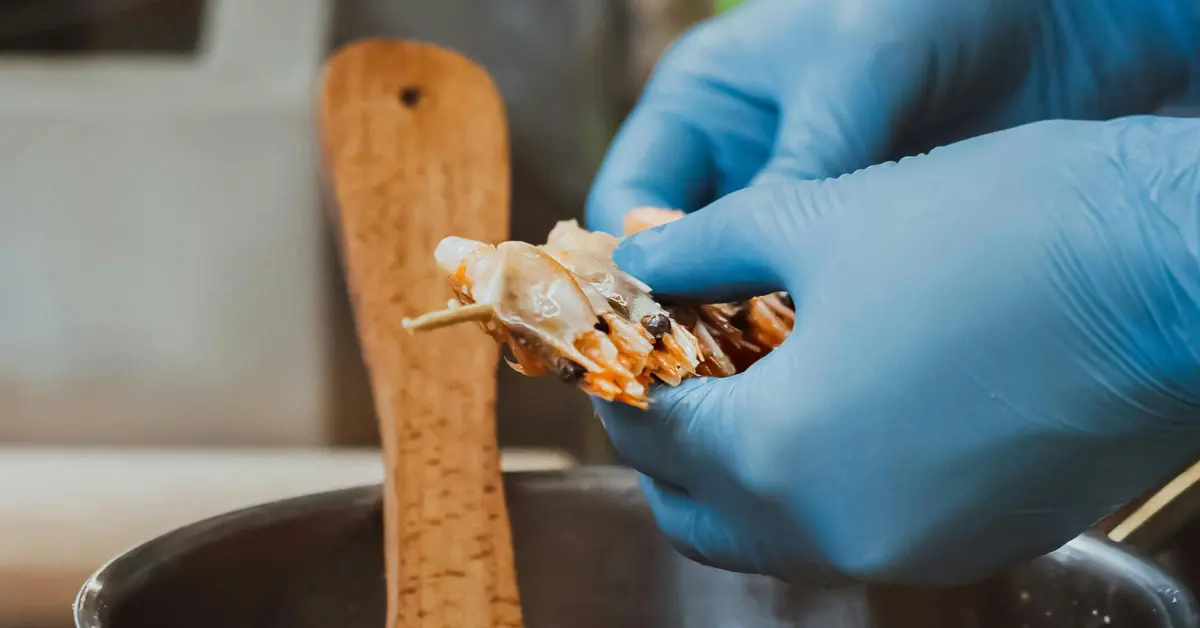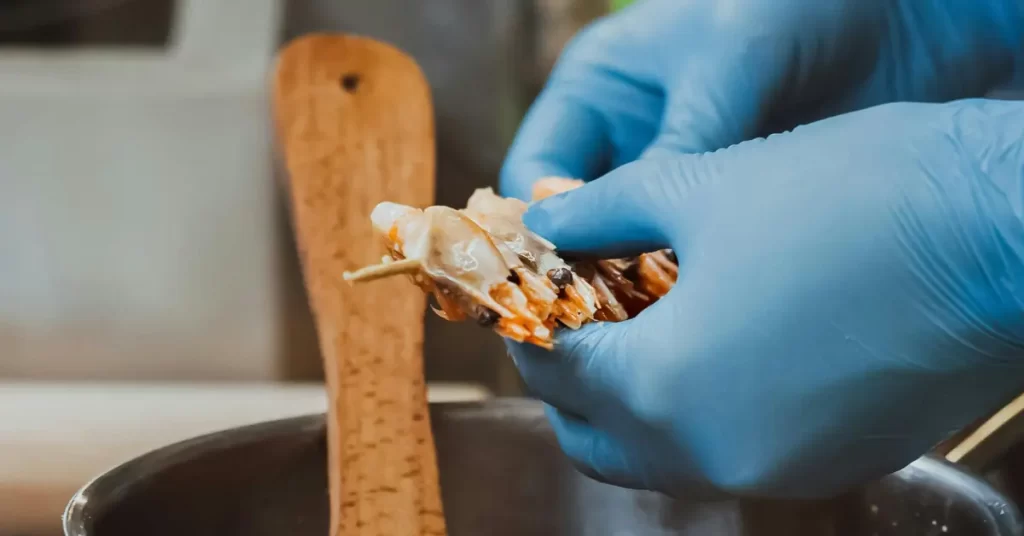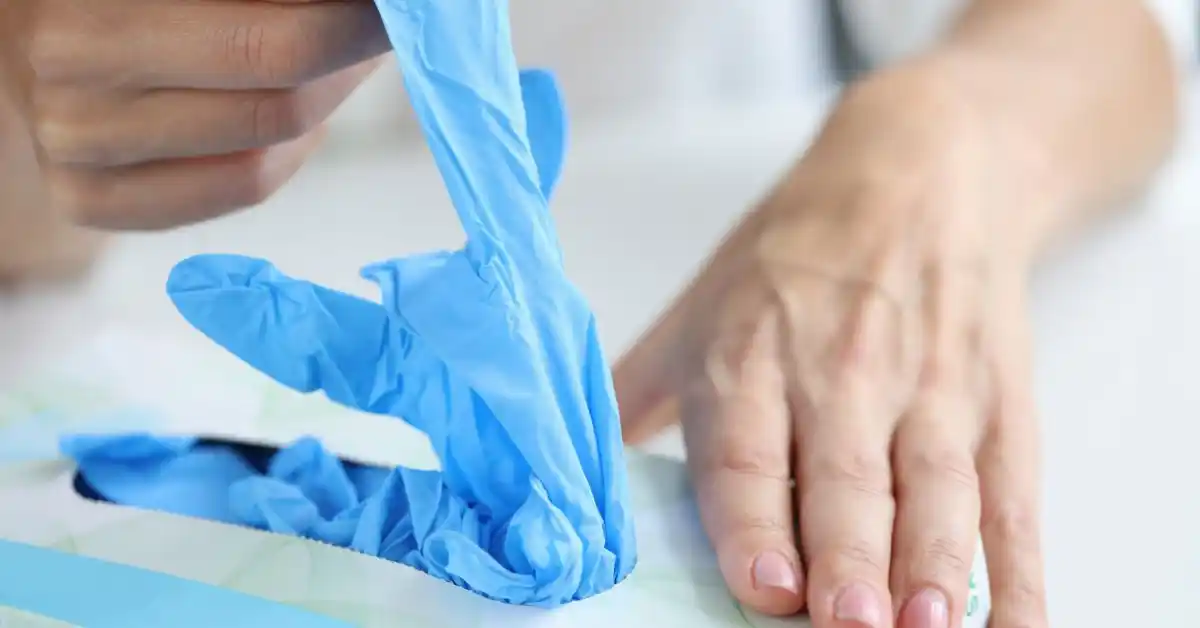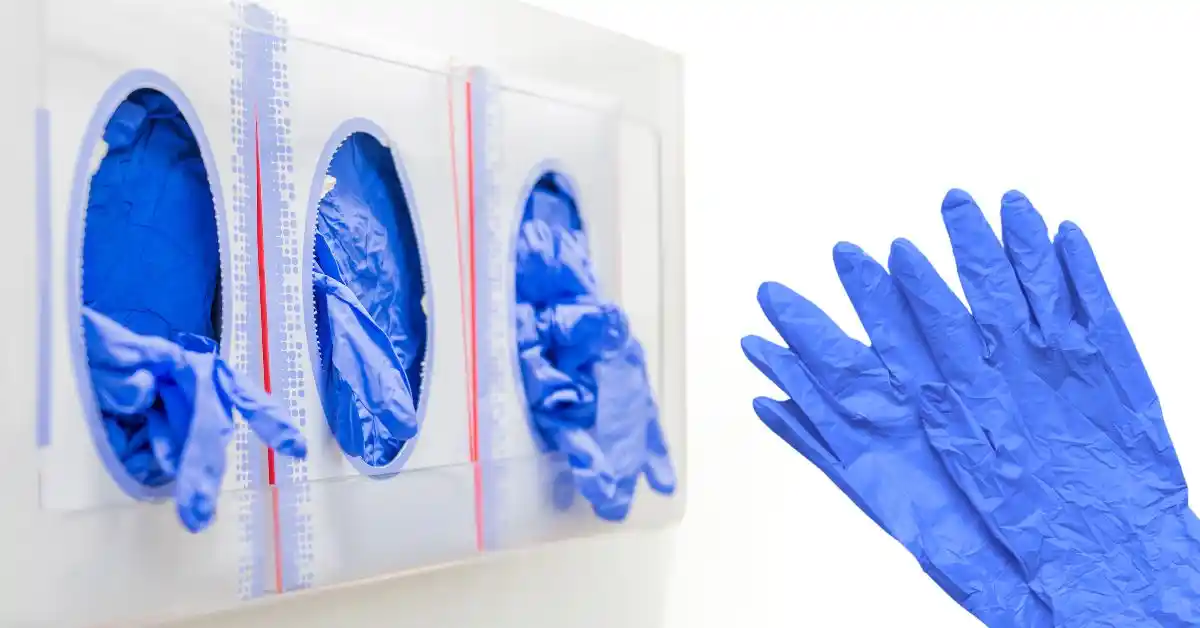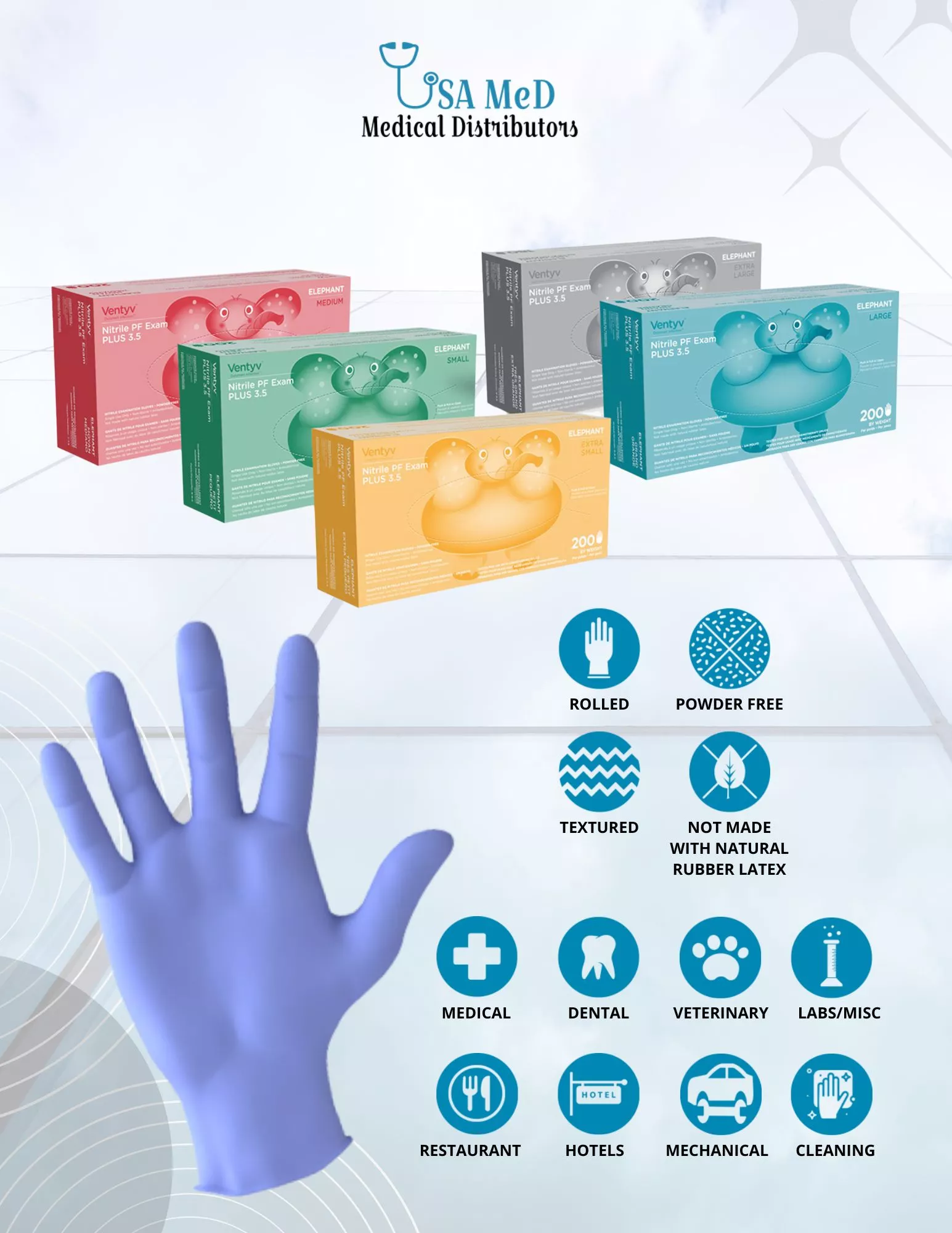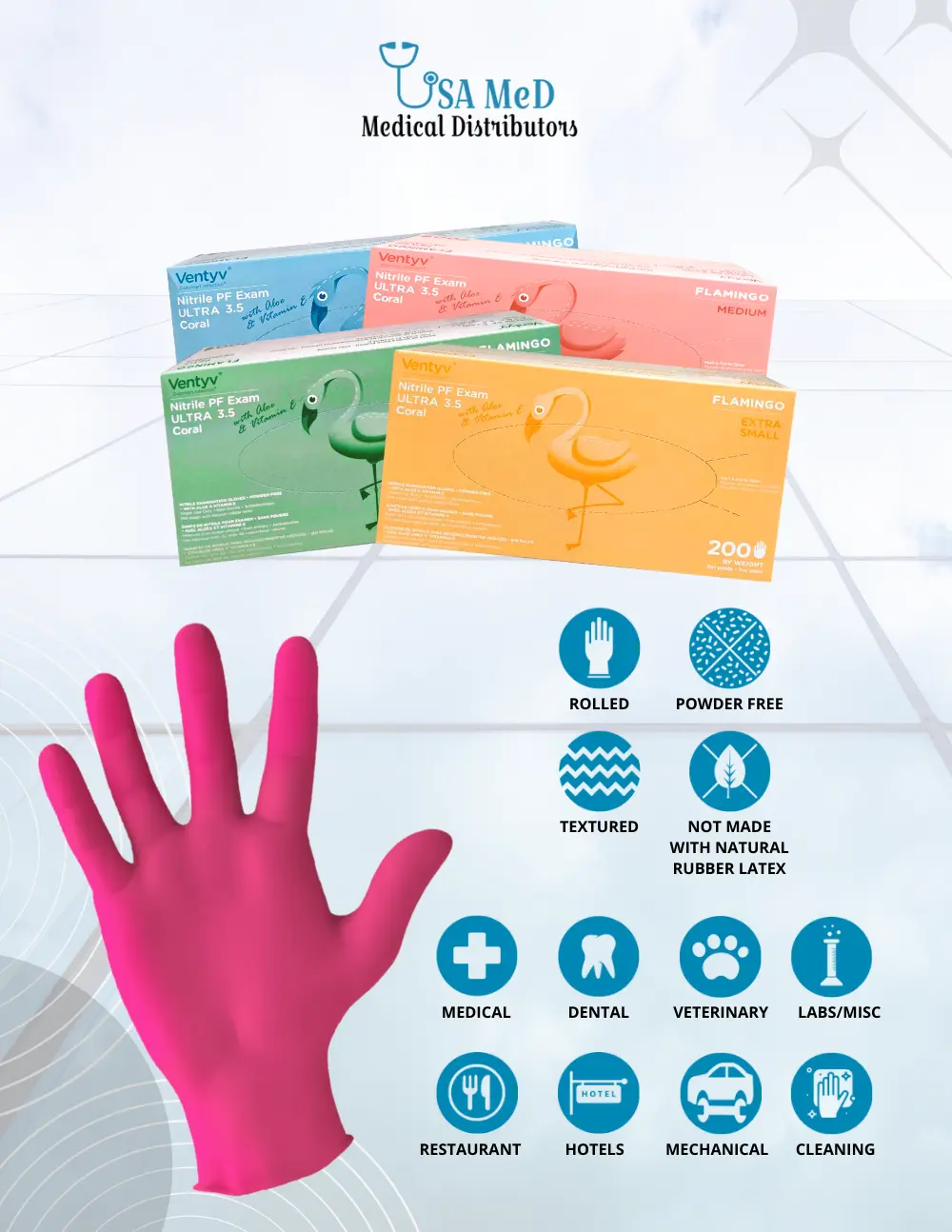Gloves have become an essential part of food service, serving as a protective barrier between food and handlers. With the increasing focus on food safety and hygiene, the use of gloves has become a standard practice in the food industry. However, not all gloves are created equal. And it is crucial for food service establishments to understand the importance of choosing the right gloves for the job. In this article, we will explore the significance of gloves in food service. Their role in maintaining food safety. and how they can be comfortable and promote dexterity for food handlers.
Gloves and Food Safety
In the food service industry, gloves are the first line of defense against contamination. They act as a barrier between hands and food, preventing the transfer of bacteria, viruses, and other harmful microorganisms. According to the Food and Drug Administration (FDA), gloves are essential in preventing the spread of foodborne illnesses. However, it is crucial to note that gloves do not replace proper handwashing and should not be considered a substitute. Hands should be washed before and after wearing gloves to ensure maximum food safety.
The use of gloves in food service is not limited to the handling of food but also extends to tasks such as cleaning, sanitizing, and handling of utensils and equipment. In such situations, gloves serve as a protection for the skin. It provides protection against harsh chemicals and detergents that can cause irritation or harm. This holds particular significance for those with sensitive skin or allergies. By using gloves, not only does it safeguard against contamination, but it also protects the hands of food handlers, ensuring their well-being.
Choosing the Right Gloves
When it comes to gloves in food service, one size does not fit all. The type of gloves used will depend on the task at hand, the type of food being handled, and the preferences of the food handlers. For example, nitrile gloves are ideal for handling oily or greasy foods, while vinyl gloves are suitable for tasks that require a high level of dexterity. Latex gloves are another commonly used type. But due to the rise in latex allergies, it is best to opt for non-latex alternatives. To ensure maximum food safety, it is crucial to choose gloves that are FDA-approved for food handling.
Comfort and Dexterity
One of the main concerns when it comes to wearing gloves in food service is the compromise of comfort and dexterity. Food handlers need to have a good grip and control over their movements while handling food to ensure its proper preparation. Bulky and ill-fitting gloves can make this task challenging and even dangerous. It is essential to choose gloves that fit well and allow for finger flexibility. Gloves that are too loose or too tight can hinder proper hand movements. It can also cause discomfort, leading to decreased productivity and even potential accidents.
Another factor to consider for comfort and dexterity is the material of the gloves. As mentioned earlier, each material has its benefits. It is crucial to find the right balance between protection and flexibility. For example, nitrile gloves are durable and provide a good grip, but they can be stiff and less flexible compared to latex or vinyl gloves. In contrast, vinyl gloves are more pliable, allowing for easier hand movements, but they may not provide a good grip. Thus, it is essential to find the right balance. And to ensure that food handlers can perform their tasks comfortably and safely.
Final Thoughts
In the food service industry, gloves play a critical role in maintaining food safety and protecting the well-being of food handlers. However, it is not enough to just use gloves; it is essential to choose the right gloves for the job. By considering factors such as material, fit, and task at hand, food establishments can ensure that their food handlers are not only protected but also comfortable. And they will be able to perform their duties efficiently. By maintaining a balance between protection, comfort, and dexterity, gloves in food service go beyond safeguarding against contamination and contribute to a more efficient and safe food service industry.



